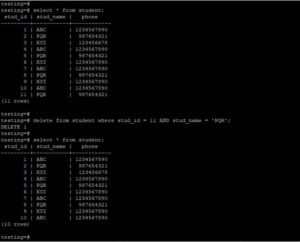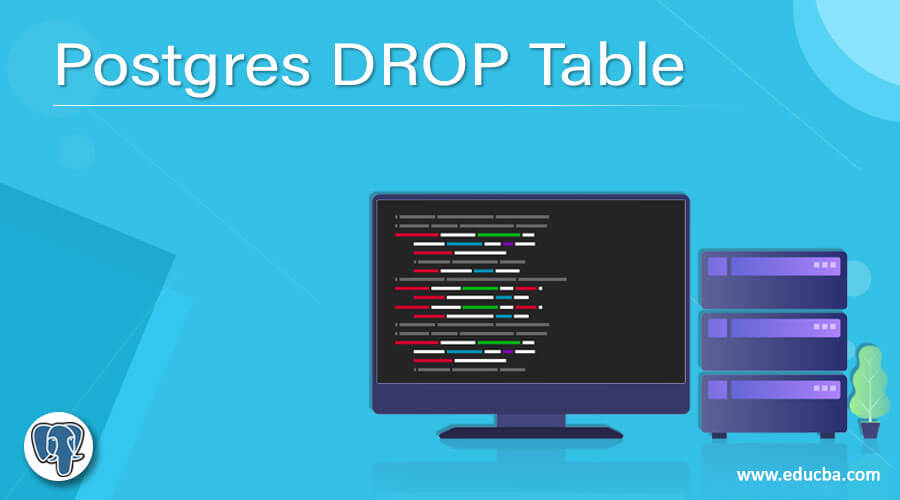


Example CREATE TRIGGER employee_delete_triggerĭROP TRIGGER is used to remove a trigger. This the DELETE event trigger, which can be added on transactions that DELETE the records. Example CREATE TRIGGER verify_user_for_updateĮXECUTE PROCEDURE employee_verify_user_priv()
#Postgresql delete table update#
The UPDATE event trigger gets called at the time of UPDATE statement execution. Trigger_demo=# select * from "Employee" where "EmployeeId" =10 Įmail | select * from "Employee_Audit" Once we create the above INSERT trigger on the table, it will add one new entry to the “Employee_Audit” table with these details: trigger_demo=# INSERT INTO "Employee" VALUES(10,' Adams','Andrew','Manager',1,' 00:00:00',' 00:00:00','11120 Jasper Ave NW','Edmonton','AB','Canada','T5K 2N1','+1 780 428-9482','+1 780 0 1 VALUES(NEW."EmployeeId",NEW."LastName",NEW."FirstName",current_user,current_date) ĮXECUTE PROCEDURE employee_insert_trigger_fnc() INSERT INTO "Employee_Audit" ( "EmployeeId", "LastName", "FirstName","UserName" ,"EmpAdditionTime") We are going to log the username details, which is going to add the record in the “Employee” table.Īdd a trigger function and CREATE TRIGGER command: CREATE OR REPLACE FUNCTION employee_insert_trigger_fnc() We are going to create a trigger that can add an entry in the “Employee_Audit” table if a new employee record gets inserted into the “Employee” table. In this example, we will create a new table named “Employee” as follows: CREATE TABLE "Employee"ĬONSTRAINT "PK_Employee" PRIMARY KEY ("EmployeeId") Let’s take a look at an example of creating a new trigger. The INSERT event trigger gets called when a new record is added to a table using the INSERT statement. The syntax of the CREATE TRIGGER is as follows: CREATE TRIGGER name function_name ( arguments )įor a more detailed description and available options, check the PostgreSQL documentation at. The SQL command CREATE TRIGGER creates a trigger on the specified object. Statement Level Trigger: The FOR EACH STATEMENT option will call the trigger function only once for each statement, regardless of the number of the rows getting modified. Row Level Trigger: If the trigger is marked FOR EACH ROW then the trigger function will be called for each row that is getting modified by the event.įor example: If we UPDATE 100 rows in the table, the UPDATE trigger function will be called 100 times, once for each updated row.Ģ. Depending on the requirement we can create trigger BEFORE, AFTER or INSTEAD of the events/operation.ġ.

The trigger will be associated with the specified table, view, or foreign table and will execute the specified function when certain operations are performed on that table. In PostgreSQL, if you want to take action on specific database events, such as INSERT, UPDATE, DELETE, or TRUNCATE, then trigger functionality can be useful as it will invoke the required function on defined events. It describes the different types of triggers and provides examples for each:Ī “trigger” is defined as any event that sets a course of action in a motion. SUMMARY: This article discussed triggers in PostgreSQL.


 0 kommentar(er)
0 kommentar(er)
